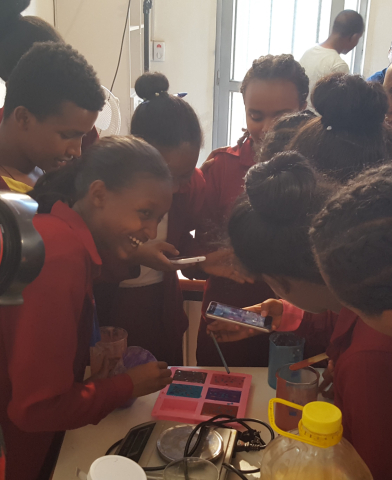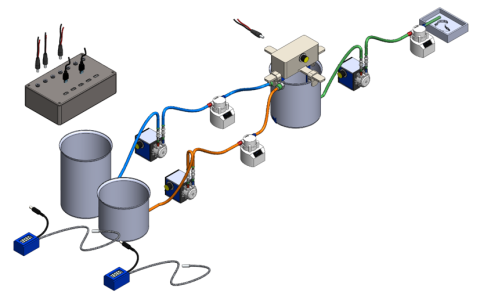While engineering and science have different emphases, they work hand-in-hand. Engineers rely on science in their day-to-day work, but also consider issues beyond the science, including economic, manufacturing, cultural, environmental and safety constraints.
Our hands-on curriculum weaves science and engineering together, with a focus on how engineering can help individuals use the natural resources that are readily available to them to produce the products that play an important role in their daily lives.
Starting from plant seeds and stalks, students make real products like soap, biodiesel and paper. Molecular structure is connected with product function, and processes are evaluated economically. Hands-on lab activities include building miniature chemical factories with pumps and reactors and chemical separation units—the operations of which are related to the underlying scientific concepts.
Learn More
Contact Daniel Lacks, Director, Gelfand Global STEMpower Initiative and C. Benson Branch Professor and Vice Provost for Interdisciplinary and International Initiatives, at djl15@case.edu to learn more about the Gelfand Global Fellows Program at Case Western Reserve University.
Daniel J. Lacks
Vice Provost for Interdisciplinary and International Initiatives
C. Benson Branch Professor of Chemical Engineering
Case Western Reserve University
Cleveland, OH 44106
(216)368-4238


